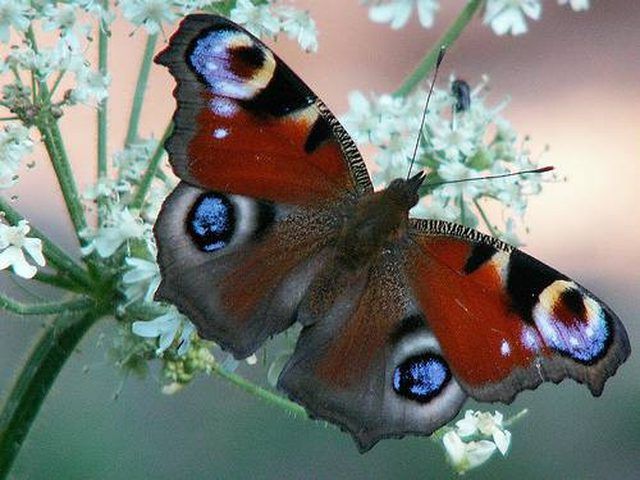Bulbs
Flower Basics
Flower Beds & Specialty Gardens
Flower Garden
Garden Furniture
Garden Gnomes
Garden Seeds
Garden Sheds
Garden Statues
Garden Tools & Supplies
Gardening Basics
Green & Organic
Groundcovers & Vines
Growing Annuals
Growing Basil
Growing Beans
Growing Berries
Growing Blueberries
Growing Cactus
Growing Corn
Growing Cotton
Growing Edibles
Growing Flowers
Growing Garlic
Growing Grapes
Growing Grass
Growing Herbs
Growing Jasmine
Growing Mint
Growing Mushrooms
Orchids
Growing Peanuts
Growing Perennials
Growing Plants
Growing Rosemary
Growing Roses
Growing Strawberries
Growing Sunflowers
Growing Thyme
Growing Tomatoes
Growing Tulips
Growing Vegetables
Herb Basics
Herb Garden
Indoor Growing
Landscaping Basics
Landscaping Patios
Landscaping Plants
Landscaping Shrubs
Landscaping Trees
Landscaping Walks & Pathways
Lawn Basics
Lawn Maintenance
Lawn Mowers
Lawn Ornaments
Lawn Planting
Lawn Tools
Outdoor Growing
Overall Landscape Planning
Pests, Weeds & Problems
Plant Basics
Rock Garden
Rose Garden
Shrubs
Soil
Specialty Gardens
Trees
Vegetable Garden
Yard Maintenance
What Does the Butterfly Do for Nature?
What Does the Butterfly Do for Nature?. When an adult butterfly lands on a flower to suck some delicious nectar through its proboscis, it accidentally gathers pollen on its body as it rubs against the anther. The butterfly rubs some of the pollen on the next flower it moves to and collects some more. Through this process, the butterfly is able to...

Pollination
When an adult butterfly lands on a flower to suck some delicious nectar through its proboscis, it accidentally gathers pollen on its body as it rubs against the anther. The butterfly rubs some of the pollen on the next flower it moves to and collects some more. Through this process, the butterfly is able to pollinate numerous flowers as it moves along. Pollination allows plants to reproduce by producing seeds. Of course, some seeds are protected inside delicious fruits that we enjoy eating; others are housed in vegetables. Butterflies seem to prefer pink, red and purple flowers. Because a butterfly cannot smell it does not care that the flowers it pollinates are odorless. Its long proboscis allows it to access flowers that a bee could not, and its light weight allows it to land on the most delicate of plants. The larvae of butterflies, also known as caterpillars, are important to farmers and gardeners in helping to control plant growth. Because the butterfly is sensitive to ecological changes, its lifespan helps indicate to scientists the current health of the ecosystem.
Provide Food
The stages of a butterfly’s growth provide food sources for many insects, birds, spiders, reptiles, mammals and amphibians. There are ants that consume butterfly eggs. The larvae stage of the butterfly provides food for insects and many kinds of birds. Even the chrysalis and caterpillars provide an occasional meal for scorpions and ants. The adult butterflies provide meals for bats, lizards, birds (including beautiful songbirds), spiders, big wasps and frogs. Some parasites live inside a caterpillar’s body and feed on it. These hatch from eggs laid by some types of flies and wasps.
Add Beauty and Magic
You may think about the butterfly as a living flower, displaying its beauty wherever it goes. The vivid bright colors stand out against the blue sky and green foliage, attracting its mates. The bright colors deter some potential predators by suggesting bad taste or poison. Before winter, the fragile Monarch butterfly actually migrates up to 2,000 miles, forming huge colonies in Mexico and parts of California. They head north and east when spring arrives, laying their eggs along the way before they die. Though butterflies make the trip only once, they magically know where to go. Metamorphosis is pure magic in nature when a beautiful butterfly emerges fully formed from a chrysalis that was spun from a crawling caterpillar. The butterfly begins life as an egg that hatches into a larva or caterpillar. The caterpillar grows and then creates a protective case known as a chrysalis, which is the pupa stage.